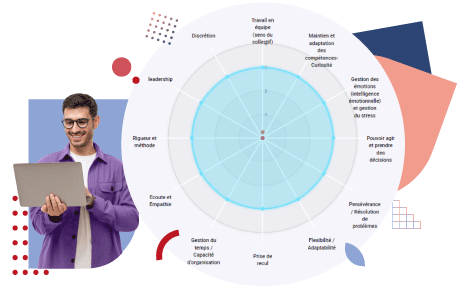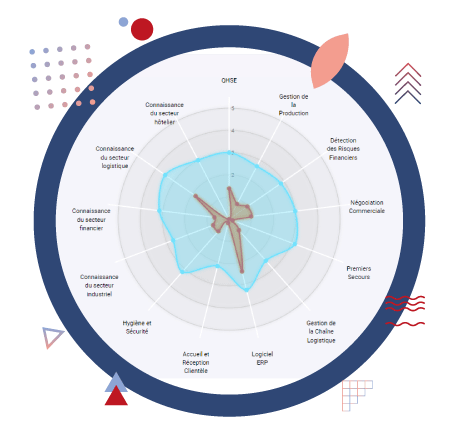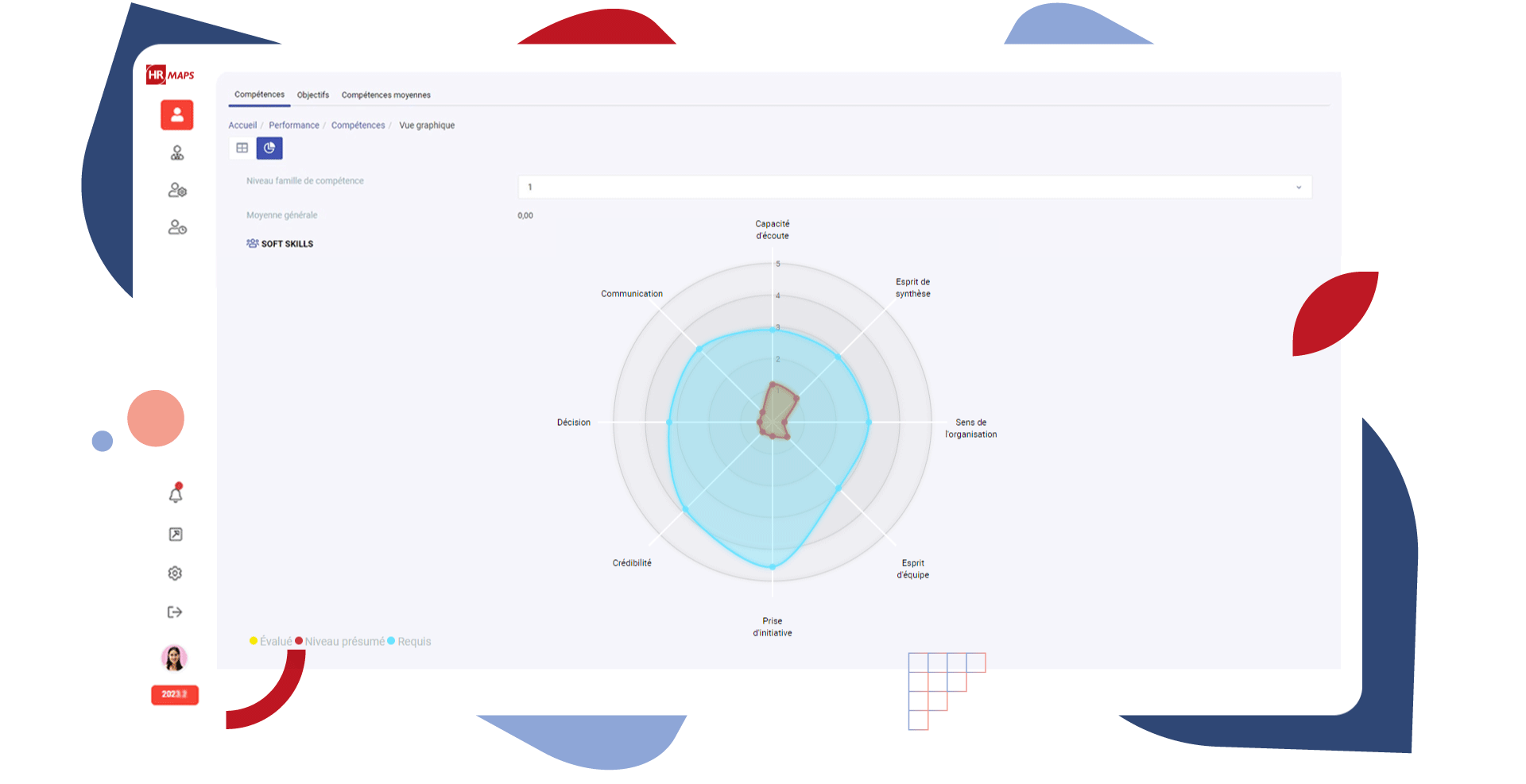Company growth depends on its employees, the latter guaranteeing its sustainable performance. It is therefore essential for any organization to put in place a skill management strategy in order to identify and also retain the skills that are already present in the company and to anticipate future needs and changes.
Harness the potential of your teams
Revitalize and motivate your employees by valuing their skills
Promote internal mobility and employee retention
Anticipate transformations and adapt skills to jobs
Recruit relevant profiles in line with the needs and requirements of the position

Identify, value and retain talent!

Listing and evaluation of skills
- Identification of candidates with high potential “HiPo” and definition of the skills that are difficult to find within the company

Matching skills to jobs
- Identify skill development priorities
- Identify skill development needs

Tracking of evaluations and skills
- Analytical and Predictive Talent Management
- Building skill development programs
Optimize skill matching to the needs of the company and employees

EMPLOYEE
- Assessment of present and prior skills
- Acquisition of new skills and development of employability
- Developing a clear career path tailored to your aspirations
- The organization showing recognition and long time personal development

MANAGER
- Professional evaluation of the employee
- Improving the skills of employees
- Better match between profiles and positions
- Optimizing employee efficiency

HR SERVICE
- Identifying skills to be developed or acquired
- Developing effective skill development plans
- Anticipating the need for new skills and managing recruitment campaigns
- Management and optimization of employee career paths
FUNCTIONALITIES

-
Skill mapping
-
Comparing skills
-
Job descriptions, functions, positions
-
Mapping roles and weighting of skills by role
-
Selectively searching for employees by skill and selective criteria
-
Building lists of employees that match to specific roles
-
Summary of skills required for each role
-
Summarizing and matching the skills needed to be acquired and required for the role
-
Screening of internal applications based on acquired and required skills
-
List of actions required for skill acquisition
-
Matching skill acquisition to training activities. Comparing acquired skills and training needed.
Intuitive, comprehensive and modular HR software
Among our references

































































































